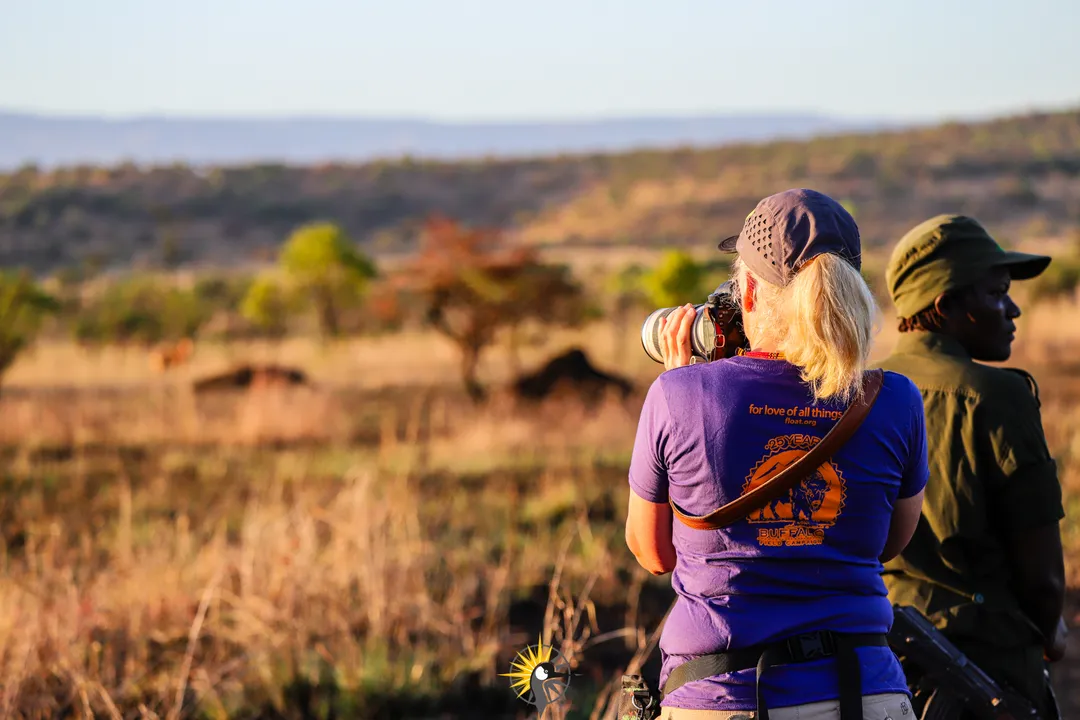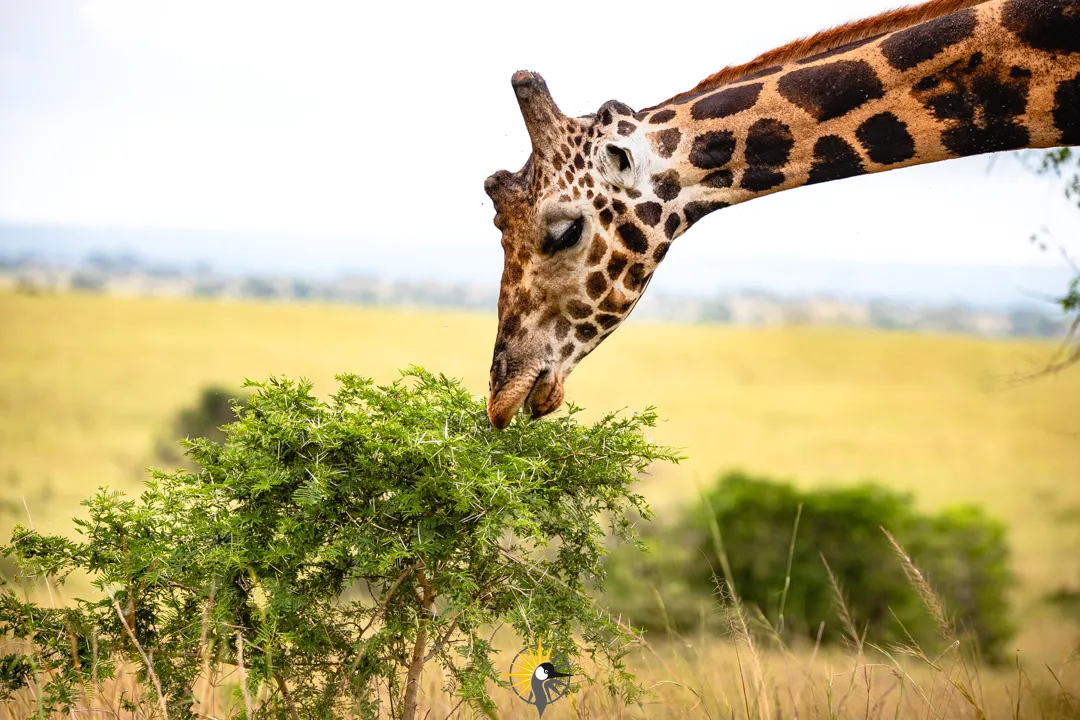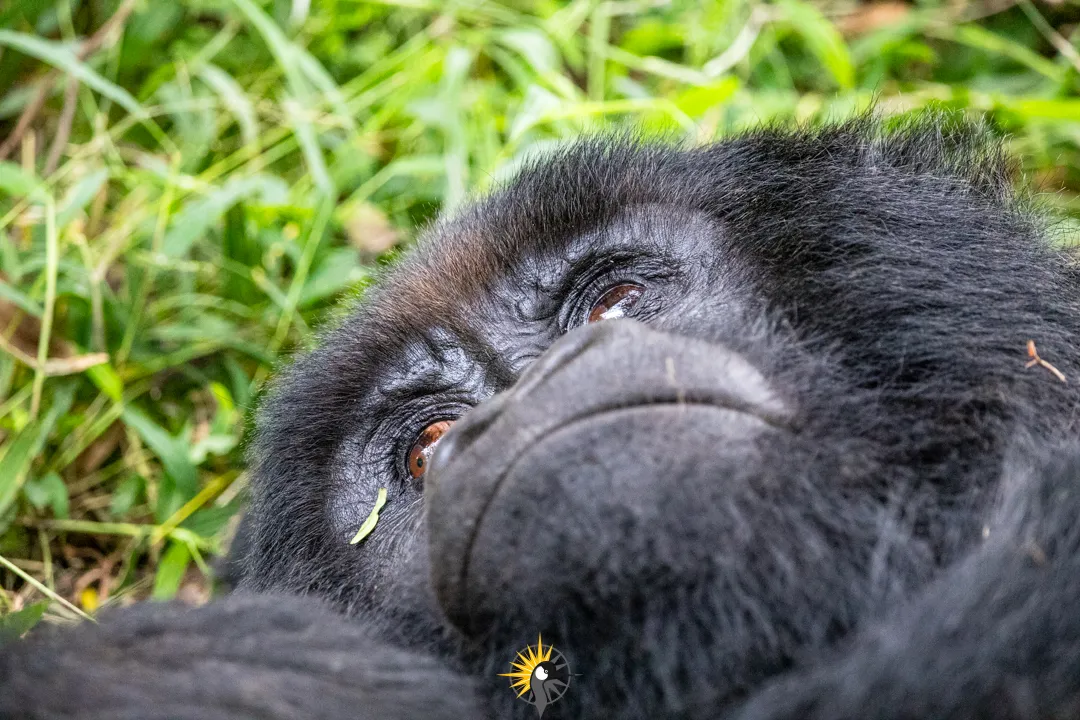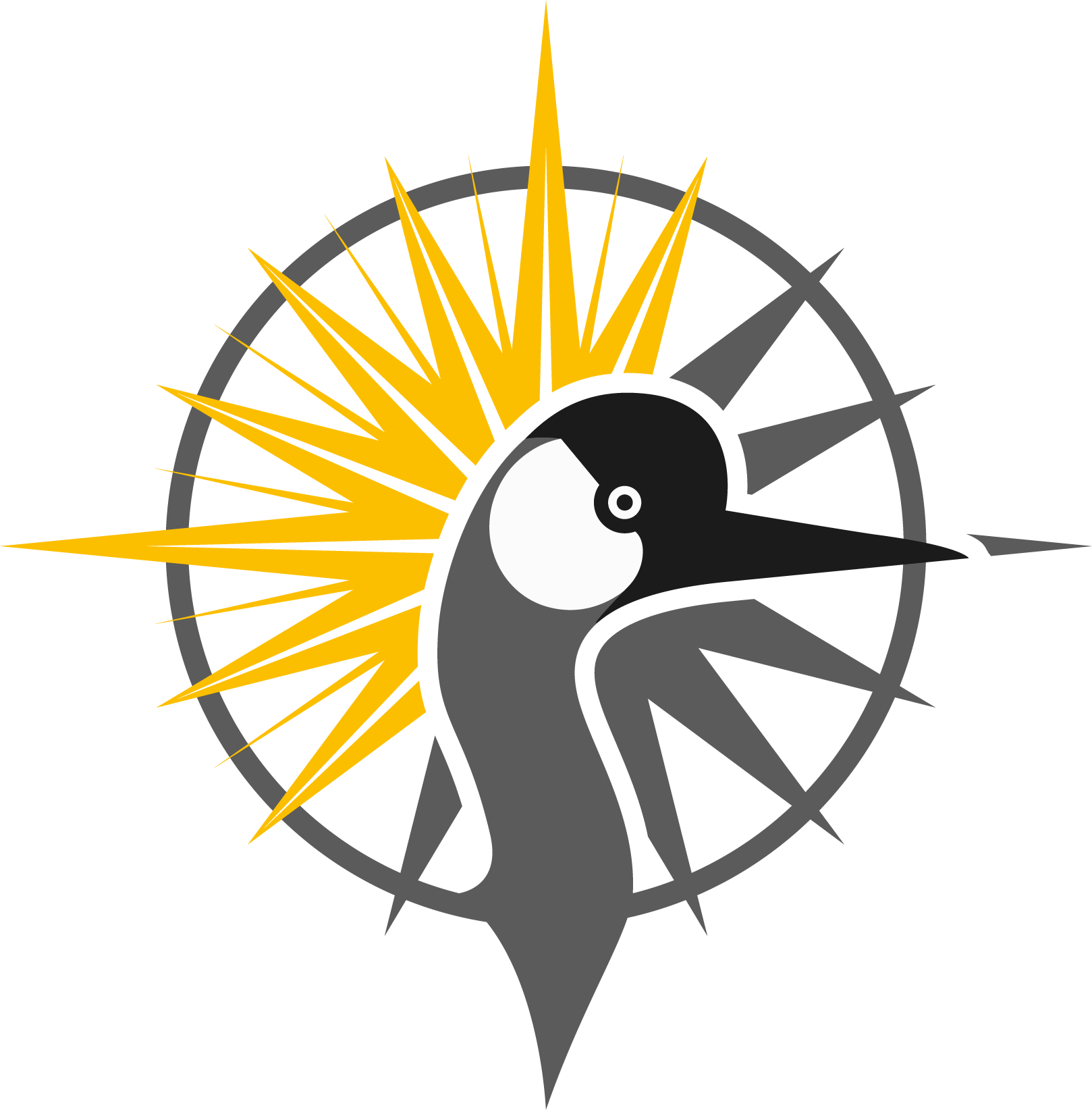Gorilla Habituation in Uganda
Introduction
Uganda, often referred to as the "Pearl of Africa," is home to some of the most captivating wildlife experiences on the planet. Among these, the gorilla habituation experience stands out as a unique and immersive adventure. But what exactly is gorilla habituation, and why has it captured the imagination of wildlife enthusiasts and conservationists alike?
Gorilla habituation refers to the process of acclimatizing wild gorillas to the presence of humans. This intricate and sensitive process involves a gradual and respectful introduction of humans to gorilla families, enabling researchers and conservationists to study these magnificent creatures up close. Unlike standard gorilla trekking, where visitors spend a brief hour with a gorilla group, habituation allows for an extended encounter, offering deeper insights into gorilla behavior and social dynamics.
The significance of gorilla habituation extends beyond the thrill of the experience. It plays a crucial role in conservation efforts, providing valuable data that aids in the protection of these endangered animals. Additionally, the revenues generated from gorilla habituation permits support local communities and foster sustainable tourism.
Brief overview of gorilla trekking in Uganda
Nestled in the southwestern part of Uganda, Bwindi Impenetrable Forest National Park is a UNESCO World Heritage site renowned for its exceptional biodiversity and dense rainforest. It is home to nearly half of the world's population of mountain gorillas, making it a prime location for gorilla habituation.
Rushaga Sector
The Rushaga sector in Bwindi Impenetrable forest national park is a focal point for gorilla habituation experiences. This area offers a rare opportunity to observe the habituation process, as dedicated researchers and rangers work closely with specific gorilla families. The rugged terrain, lush vegetation, and rich ecosystem create an awe-inspiring backdrop for this extraordinary adventure.
Visitors to Bwindi Impenetrable forest national park are not only treated to the majesty of gorillas but also have the chance to explore the park's diverse flora and fauna. The journey through Bwindi's thick forest, accompanied by the sounds of chirping birds and rustling leaves, adds an element of enchantment to the habituation experience.
Mgahinga Gorilla National Park
Another gem for gorilla habituation in Uganda is Mgahinga Gorilla National Park. Located at the intersection of Uganda, Rwanda, and the Democratic Republic of Congo, Mgahinga offers a unique setting for gorilla encounters. The park is part of the Virunga Mountains, which are known for their volcanic landscapes and mist-covered peaks.
Mgahinga is smaller than Bwindi Impenetrable National Park but boasts a rich cultural and ecological diversity. The park is home to the Nyakagezi gorilla group, which is sometimes involved in the habituation process. Visitors to Mgahinga can enjoy not only gorilla habituation but also breathtaking hikes and cultural interactions with the local Batwa community, who have lived in harmony with the forest for generations.
The Gorilla Habituation Process
What to Expect During a Habituation Experience
Gorilla habituation is a meticulously planned and executed process that allows visitors to spend up to four hours with a gorilla family. This extended period provides a unique opportunity to observe the intricate behaviors and interactions of these majestic creatures.
Duration
The habituation experience typically lasts half a day. Unlike standard trekking, where visitors spend only one hour with the gorillas, habituation allows for a more comprehensive observation.
Interaction with Researchers
During habituation, visitors often accompany researchers and rangers as they conduct their daily monitoring activities. This provides a behind-the-scenes look at the conservation efforts and scientific research that underpin gorilla protection.
Observation Activities
Visitors may witness a range of gorilla behaviors, from feeding and grooming to play and rest. The extended time frame allows for a deeper understanding of gorilla family dynamics and social structures.
Steps of the Habituation Process
The habituation process is a gradual and respectful introduction of humans to gorilla families. It involves several stages:
Daily Monitoring
Researchers and rangers follow the gorilla group daily, observing their movements and behaviors from a distance. This helps the gorillas become accustomed to human presence without feeling threatened.
Behavioral Observations
Detailed notes are taken on the gorillas' interactions, feeding habits, and social structures. This data is crucial for understanding the species and developing effective conservation strategies.
Gradual Exposure to Humans
Over time, the distance between the gorillas and humans is slowly decreased. The goal is to reach a point where the gorillas are comfortable with human observers at close range, allowing for intimate and non-intrusive observations.
Permits and Costs
Participating in gorilla habituation requires a special permit, which is different from a standard gorilla trekking permit. The cost of a habituation permit is higher, reflecting the extended time spent with the gorillas and the exclusivity of the experience.
How to Obtain a Permit
Permits can be obtained through authorized tour operators. It is advisable to book well in advance, as permits are limited and in high demand.
Costs Involved
As of 2024, a gorilla habituation permit costs $1,500 per person. This fee contributes to conservation efforts and community development projects in the region.
Best Time to Visit
The best time for gorilla habituation in Uganda is during the dry seasons, which typically occur from June to September and December to February. During these months, the weather is more favorable for trekking, and the forest trails are less muddy and challenging.
However, gorilla habituation is a year-round activity, and each season offers unique experiences. The wet seasons (March to May and October to November) can provide a lush and vibrant forest environment, though trails may be more slippery and challenging to navigate.
What to Pack
Proper preparation is essential for a successful gorilla habituation experience. Here's a checklist of items to pack:
• Clothing: Lightweight, long-sleeved shirts and trousers to protect against insects and thorny vegetation. A waterproof jacket and sturdy hiking boots are also recommended.
• Gear: Binoculars, a good-quality camera, and a waterproof backpack to carry your essentials.
• Accessories: Insect repellent, sunscreen, a hat, and gloves. It's also advisable to carry snacks, water, and a small first-aid kit.
Conservation Impact of Gorilla Habituation
Role in Gorilla Conservation
Gorilla habituation plays a vital role in the conservation of mountain gorillas. By familiarizing gorillas with human presence in a controlled and respectful manner, researchers can gather critical data on their behavior, health, and social structures. This information is instrumental in developing effective conservation strategies and ensuring the long-term survival of these endangered animals.
Protection Efforts
The presence of researchers and tourists helps deter poaching and illegal activities in the parks. The habituation process also facilitates the early detection of health issues, allowing for timely medical interventions.
Data Collection
Detailed observations made during the habituation process contribute to a better understanding of gorilla ecology and behavior. This knowledge is used to improve habitat management and inform conservation policies.
 Client on a walk
Client on a walk
Let us plan your safari
Let our experts walk you through the process of planning your safari step by step!
News and Updates

Why Uganda Is Africa’s best safari secret
Discover why Uganda is Africa’s best-kept safari secret. From thrilling mountain gorilla trekking to diverse wildlife and stunning landscapes, Uganda offers an unforgettable, off-the-beaten-path safari experience.
Sun Apr 06 2025

Unique safari experiences in Rwanda
From tracking endangered primates to exploring stunning landscapes and vibrant traditions, here are the most unique experiences you can enjoy in Rwanda.
Fri Mar 14 2025

Birdwatching in Kenya
Join Musana Tours and Travel on an unforgettable birdwatching safari across the best birding hotspots in Kenya.
Wed Feb 26 2025









